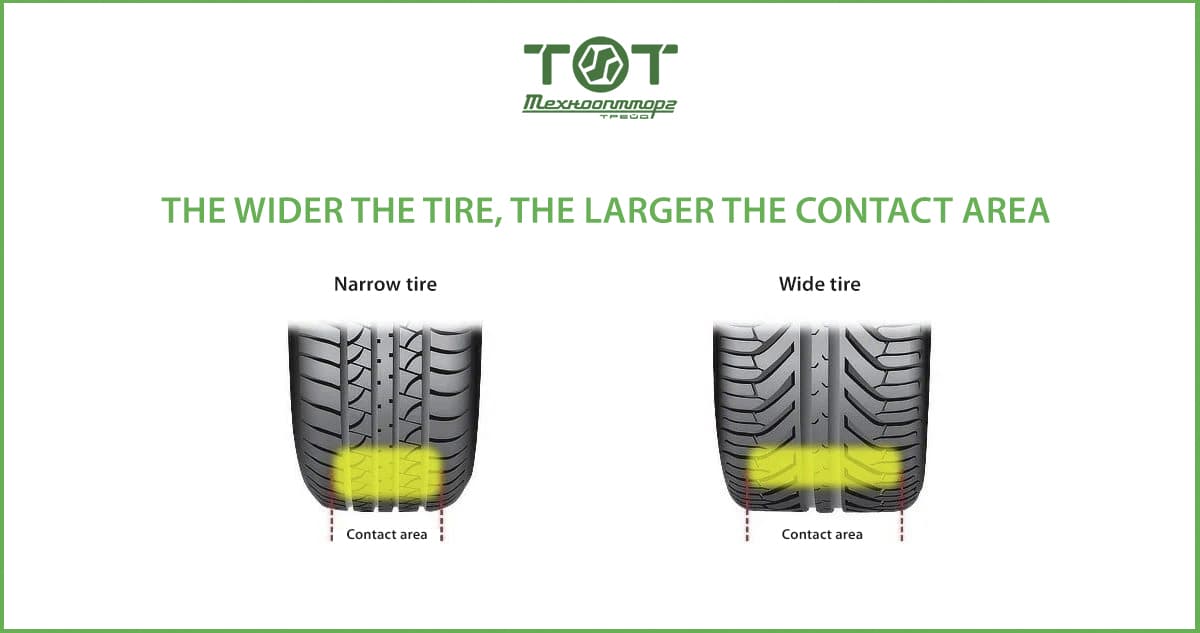What does tire width affect?

Tire profile width - one of the most important indicators when choosing a tire, is indicated by the manufacturer on the side of the product.
Tire width affects:
-
predictability of vehicle behavior on different roads (when choosing, you should focus on the manufacturer's recommendations);
-
stable position on the track. Wide tires provide a large contact patch (this is important when performing various high-speed maneuvers), narrow tires perform well on poor and uneven asphalt or concrete surfaces.
According to many experts, the comfort index, handling and stability of the car, as well as the level of driving safety depend on the width of the rubber.
This indicator also affects the appearance of the car. Wide tires look presentable, but they increase rolling resistance, which leads to increased fuel consumption (the higher the weight of the vehicle, the faster and more fuel is consumed). Narrow ones are often cheaper, therefore more in demand.
Advantages of wide tires:
-
no problems with a sharp start and acceleration
-
handling and fast braking on any surface
-
guaranteed directional stability on any surface
-
easy driving on the primer, unsteady soil and in off-road conditions.
On wide tires, the motorist will be able to accelerate and brake sharply, without the danger of entering a turn at speed.
Advantages of narrow tires:
-
ideal for winter (easily pass along a narrow snow-covered rut and cope with a large amount of melt water and snow "porridge"
-
provide excellent grip and traction
-
reduce fuel consumption.
To get more detailed advice when choosing tires, please contact the branches of the Tekhnoopttorg-Trade company or the TVOYA SHINA chain of stores.
